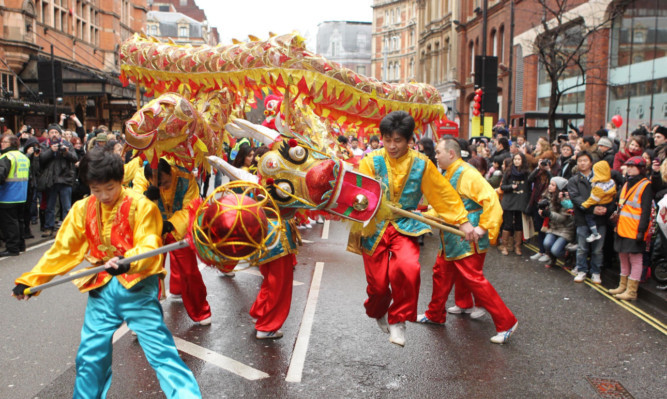The Scottish Government has been urged to increase the learning of Chinese in Scottish schools to help the youth of today compete for jobs.
The growth of China’s so-called “tiger economy” has created opportunities for Scottish businesses and helped to develop greater links between Scotland and China.
Businesses are investing heavily in East Asia, with satellite offices being opened in many of China’s major cities and trade particularly in luxury and high-end products such as whisky flourishing.
In turn, China has begun to buy up Scottish firms and as the country opens its borders, the residents of the world’s most populous country have the potential to drive a major tourism boom.
There is also growing interest in Scotland in Chinese society, with Confucius Classrooms being set up in schools and colleges to support teaching and learning of Chinese language and culture.
There are 13 teachers of Mandarin in local authority schools in Scotland up from just eight in the year 2008-09.
However, Mid Scotland and Fife MSP Elizabeth Smith, the Tories’ education spokeswoman, wants to see more teachers of Chinese in Scottish schools to take advantage of the opportunities offered.
“I support the development of more opportunities for learning about China and learning Mandarin Chinese in Scottish schools, colleges and universities,” she said.
“The essential focus must be to ensure that there are more teachers of Mandarin Chinese and that there is much clearer information available to all students about which courses are available in which educational institutions.
“It is vital that we look to what is an ever-increasing middle class in China and the opportunities that this presents to help grow the number of tourists coming to Scotland from China.
“An important part of this is providing greater information in Chinese to potential visitors, as well as the opportunity for non-English speaking Chinese tourists to be assured a welcome visit to Scotland.”
